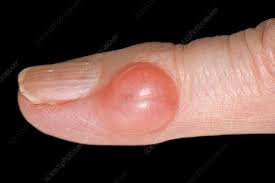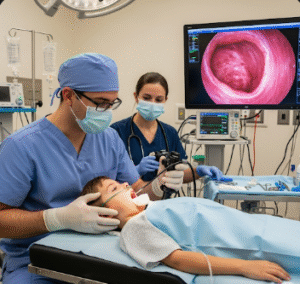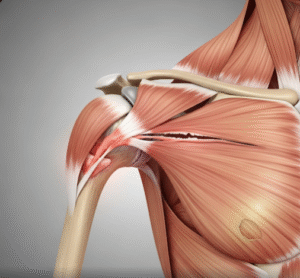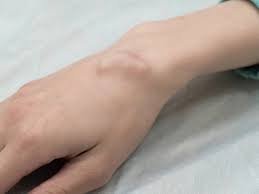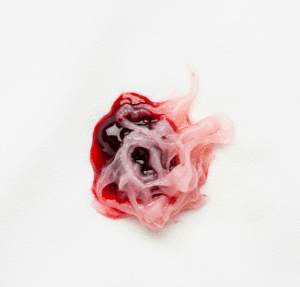Overview
A synovial cyst is a fluid-filled sac that forms near joints, most commonly in the spine or wrist, due to degeneration or inflammation of the joint. Although usually benign, it can cause discomfort, nerve compression, or limited mobility depending on its location. In Korea, patients have access to precise imaging, minimally invasive surgery, and advanced rehabilitation for optimal management of synovial cysts.
What is a Synovial Cyst?
A synovial cyst is a noncancerous, fluid-filled sac that arises from the lining of a joint (synovium). These cysts usually occur due to degenerative joint disease and contain synovial fluid — the natural lubricant of joints.
The most common types include:
- Spinal synovial cysts (especially lumbar region)
- Wrist synovial cysts (often mistaken for ganglion cysts)
- Knee or hip synovial cysts (less common)
Spinal synovial cysts may impinge on nerves, leading to pain, tingling, or weakness in the lower limbs.
Symptoms
Symptoms depend on the location and size of the cyst:
- Spinal region:
- Lower back pain
- Sciatica-like symptoms (pain radiating down the legs)
- Numbness or tingling
- Difficulty walking or standing for long periods
- Wrist or other joints:
- Visible lump near the joint
- Aching or dull pain
- Swelling and tenderness
- Reduced joint mobility
Some synovial cysts may remain asymptomatic and are found incidentally on imaging.
Causes
Synovial cysts are primarily caused by:
- Degenerative joint conditions (e.g., osteoarthritis)
- Facet joint arthritis (especially in the spine)
- Chronic inflammation
- Joint instability or overuse
- Trauma or repetitive stress
In the spine, aging and disc degeneration lead to increased joint fluid production, which can leak and form a cyst.
Risk Factors
- Age over 50 (degenerative changes more common)
- Osteoarthritis or rheumatoid arthritis
- Repetitive joint use or physical labor
- Spinal stenosis
- Previous joint injuries
Complications
While often benign, synovial cysts can lead to:
- Nerve root compression (especially in spinal cases)
- Persistent joint pain
- Reduced range of motion
- Muscle weakness or numbness
- Misdiagnosis as tumors or ganglion cysts if not properly evaluated
In rare cases, rupture or hemorrhage into the cyst can cause sudden severe pain.
Prevention
There’s no guaranteed way to prevent synovial cysts, but the risk can be minimized by:
- Maintaining joint health through regular low-impact exercise
- Managing arthritis or inflammation early
- Practicing proper posture and lifting techniques
- Avoiding repetitive stress on joints
- Early treatment of spinal or joint injuries
Treatment Options in Korea
Korean healthcare offers world-class diagnostic tools and treatment options for synovial cysts through its spine and orthopedic centers.
Diagnosis
- MRI: Best imaging for detecting spinal synovial cysts and nerve compression
- Ultrasound: Used for wrist or superficial joint cysts
- CT scan: For more detailed spinal anatomy
- X-ray: To assess underlying joint degeneration
- Aspiration & biopsy (if needed) to confirm diagnosis and rule out malignancy
Non-Surgical Treatments
- Rest and activity modification
- Pain medications (NSAIDs, acetaminophen)
- Corticosteroid injections into the joint to reduce inflammation
- Physical therapy to strengthen surrounding muscles and improve joint function
- Needle aspiration (for cysts outside the spine)
These methods may be sufficient for small or mildly symptomatic cysts.
Surgical Treatments
Surgery is considered when the cyst causes significant nerve compression or fails to respond to conservative treatment.
- Spinal synovial cyst surgery:
- Laminectomy or laminotomy to remove the cyst and relieve pressure
- Often performed with minimally invasive techniques in Korea
- Joint cyst surgery (e.g., wrist):
- Excision of the cyst under local or general anesthesia
- Outpatient procedure with rapid recovery
Advanced Techniques in Korea
- Microsurgical spine procedures
- Image-guided cyst aspiration
- Endoscopic spine surgery
- Robot-assisted joint surgery (available in top centers)

